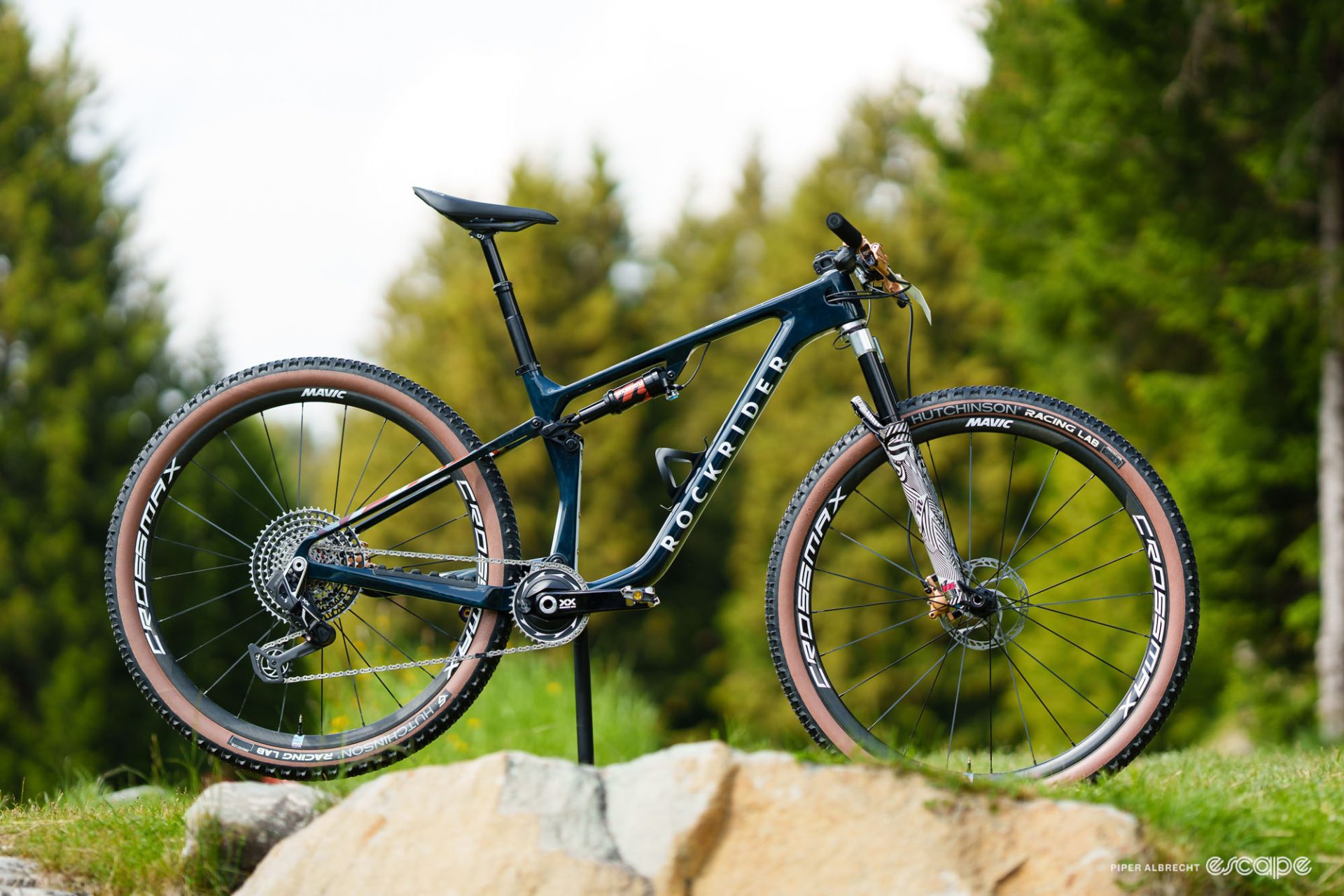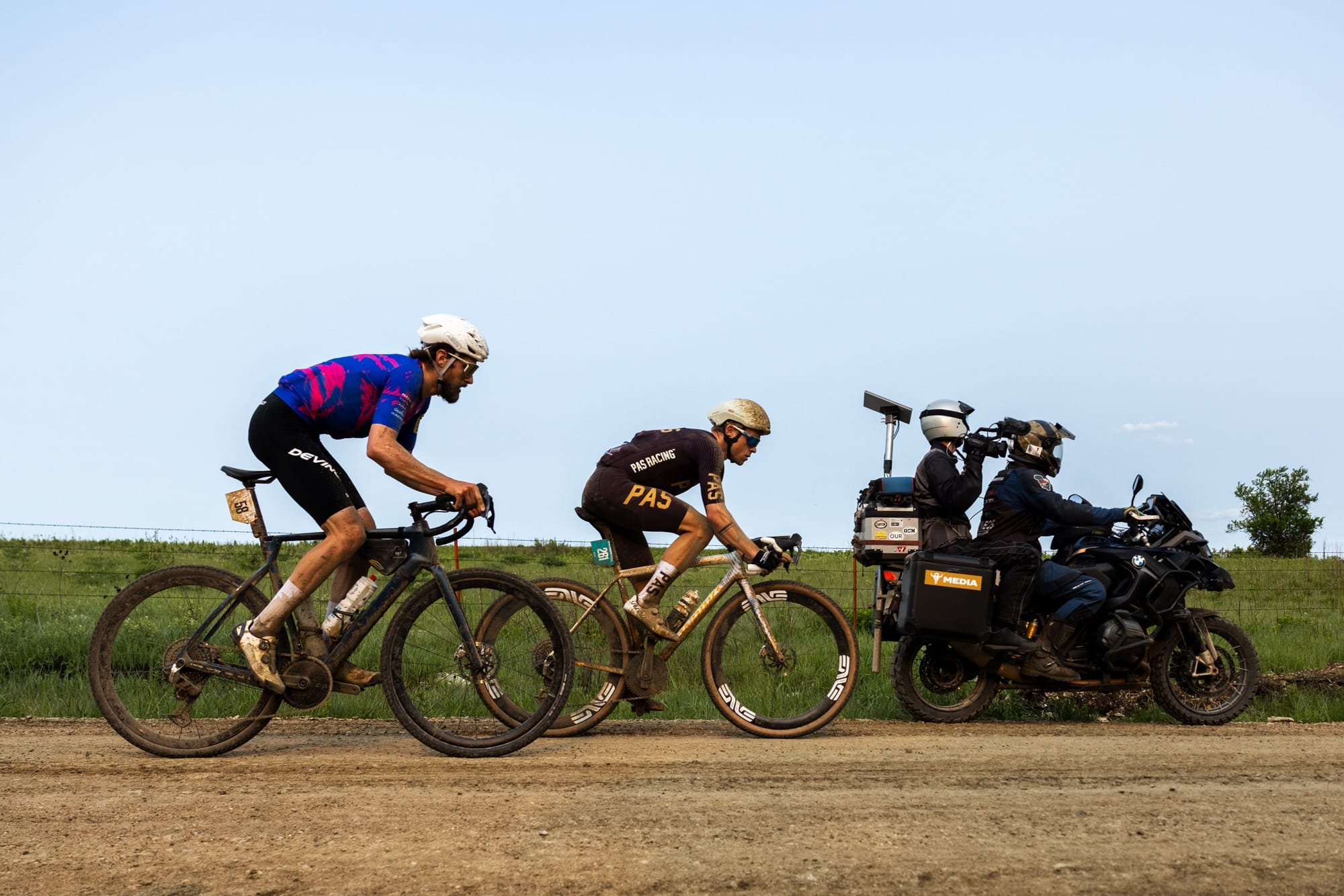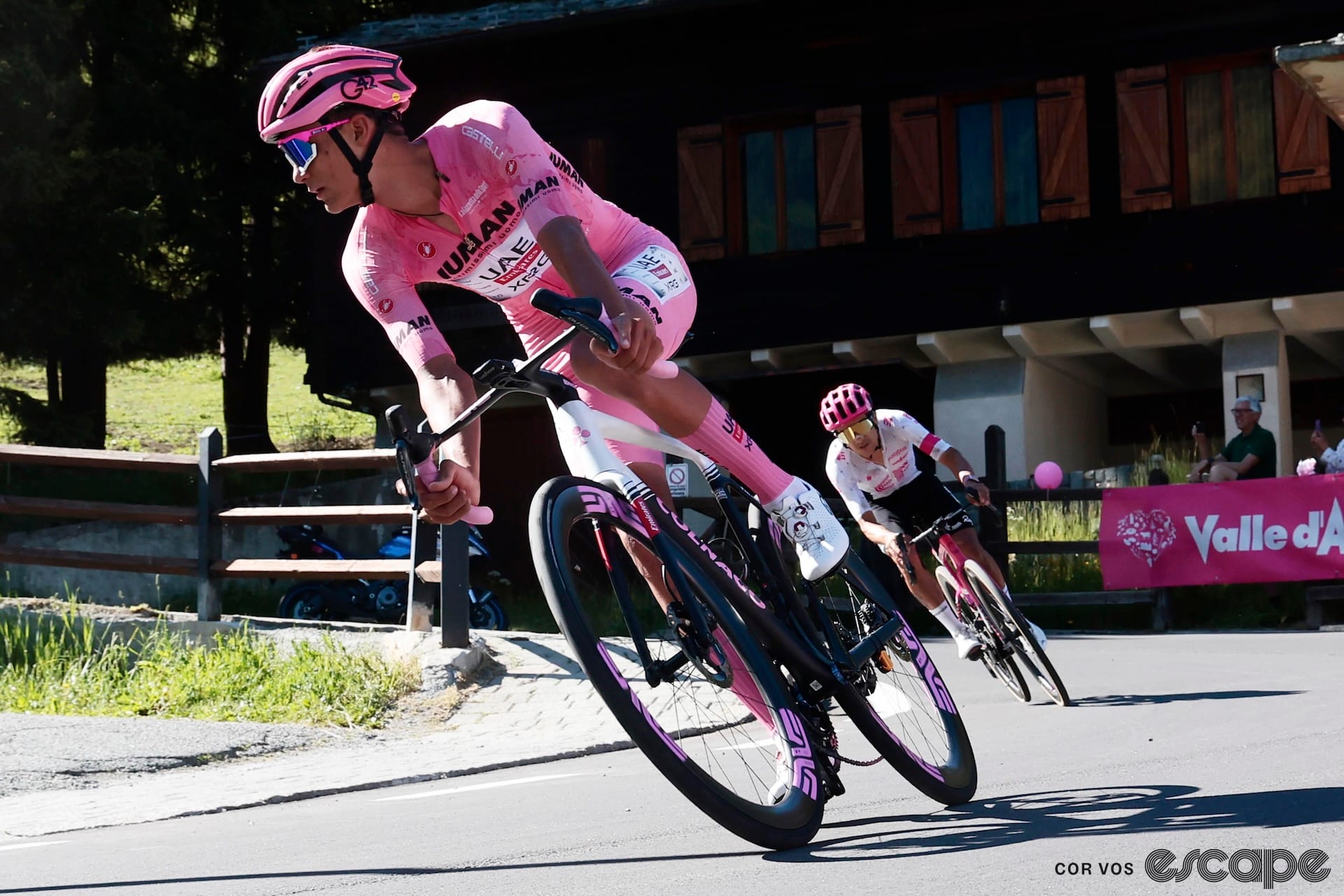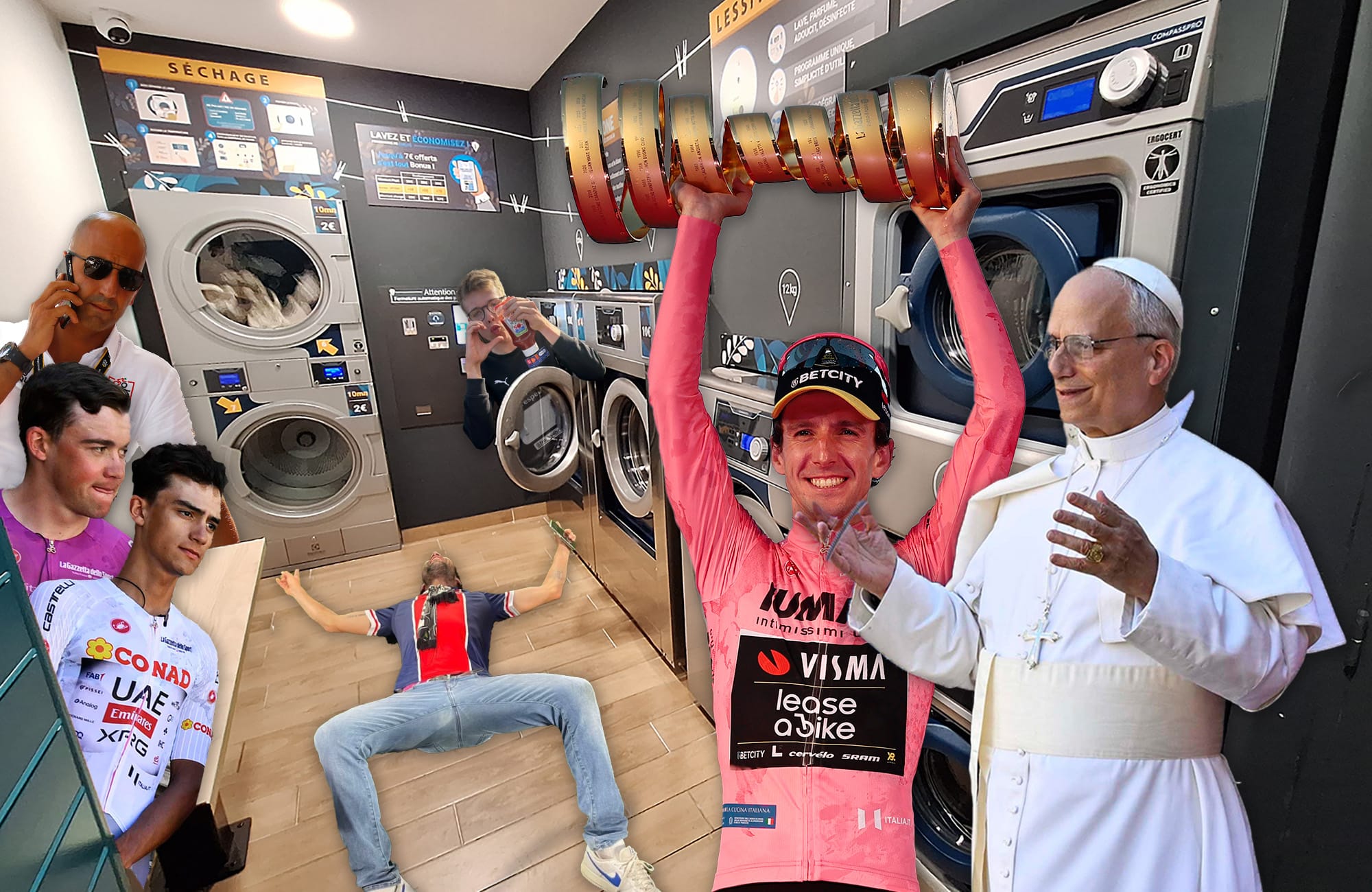Current US national XC champion Savilia Blunk signed on to the new Rockrider-Ford Racing team just this past December, jumping onto the global stage with five other riders looking to shake things up on the UCI World Cup circuit – and shake things up they have, notching up two top-ten XCO finishes and three national titles in the process. In fact, Blunk’s teammate, Joshua Dubau, nearly bested Tom Pidcock for the men’s XCO victory at few weeks ago at the 2023 season opener in Nové Město, Czech Republic.
What’s particularly interesting about this team and its aspirations, however, is that it’s the factory squad of French outdoor mega-retailer Decathlon, a brand historically known for its focus on high value and bargain prices. No longer content to only wear that reputation, Decathlon has been moving steadily upmarket in the cycling world, making a big push toward making consumers rethink previous assumptions between cost and performance.
Case in point is Blunk’s new Rockrider Race 940S.
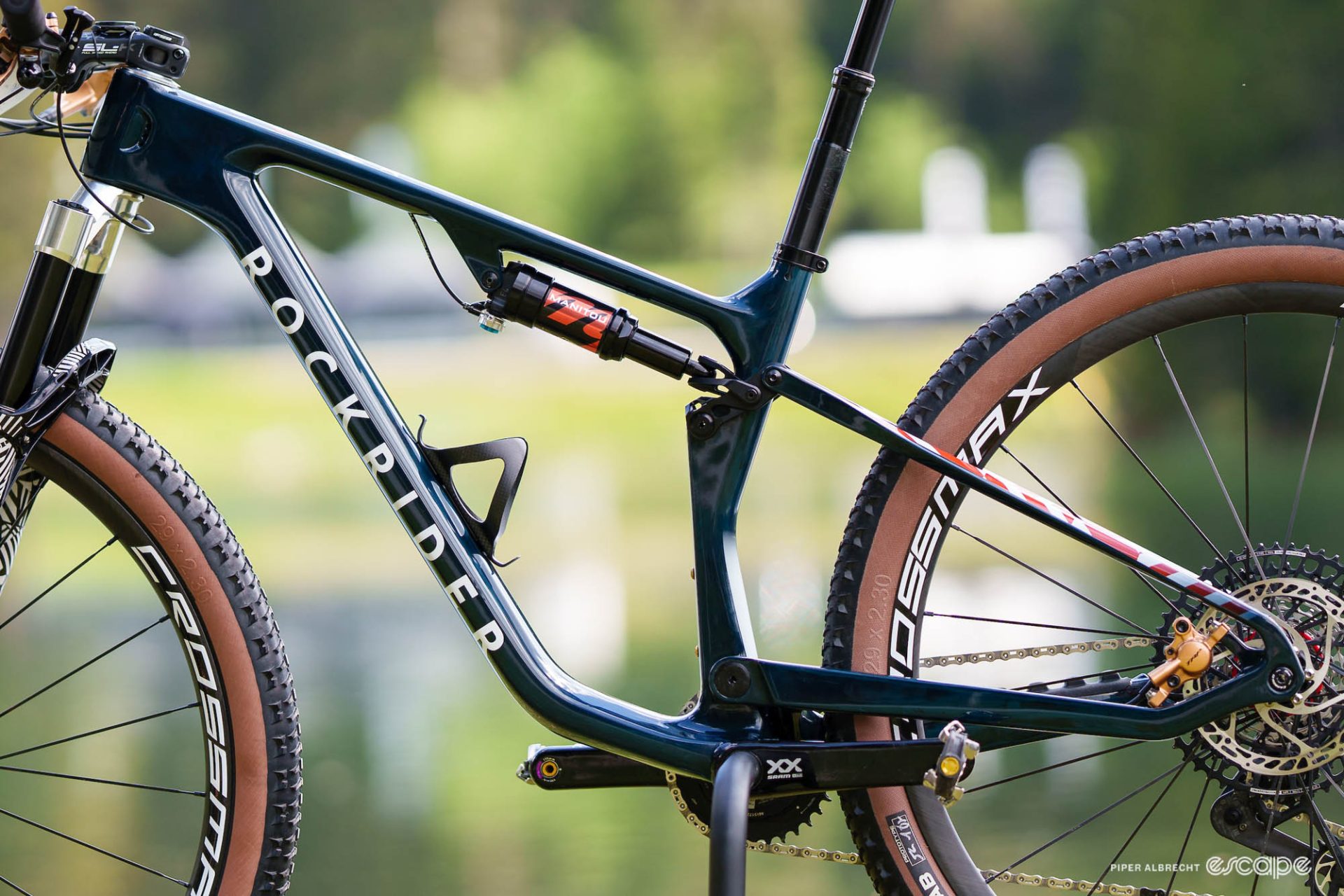
Tested in prototype form last year, the brand’s new dual-suspension XC racer looks set for an official debut some time this season. It retains the basic single-pivot flex-stay rear suspension layout of the current Rockrider Race 900S (and just about every other XC full-suspension bike out there right now), however everything else has been radically reworked.
The down tube sports a more pronounced S-bend, the seat tube now wears a kinked shape and rectangular cross-section, and the linkage pivot has moved from the top tube to the seat tube. That link is also much more compact than before with a distinctly skeletal-looking CNC-machined aluminum construction.
Although there are presumably some suspension-related advantages to the revised layout, perhaps an even more meaningful side effect for the XC crowd is that the Race 940S now easily accommodates two full-sized water bottles inside the main triangle.
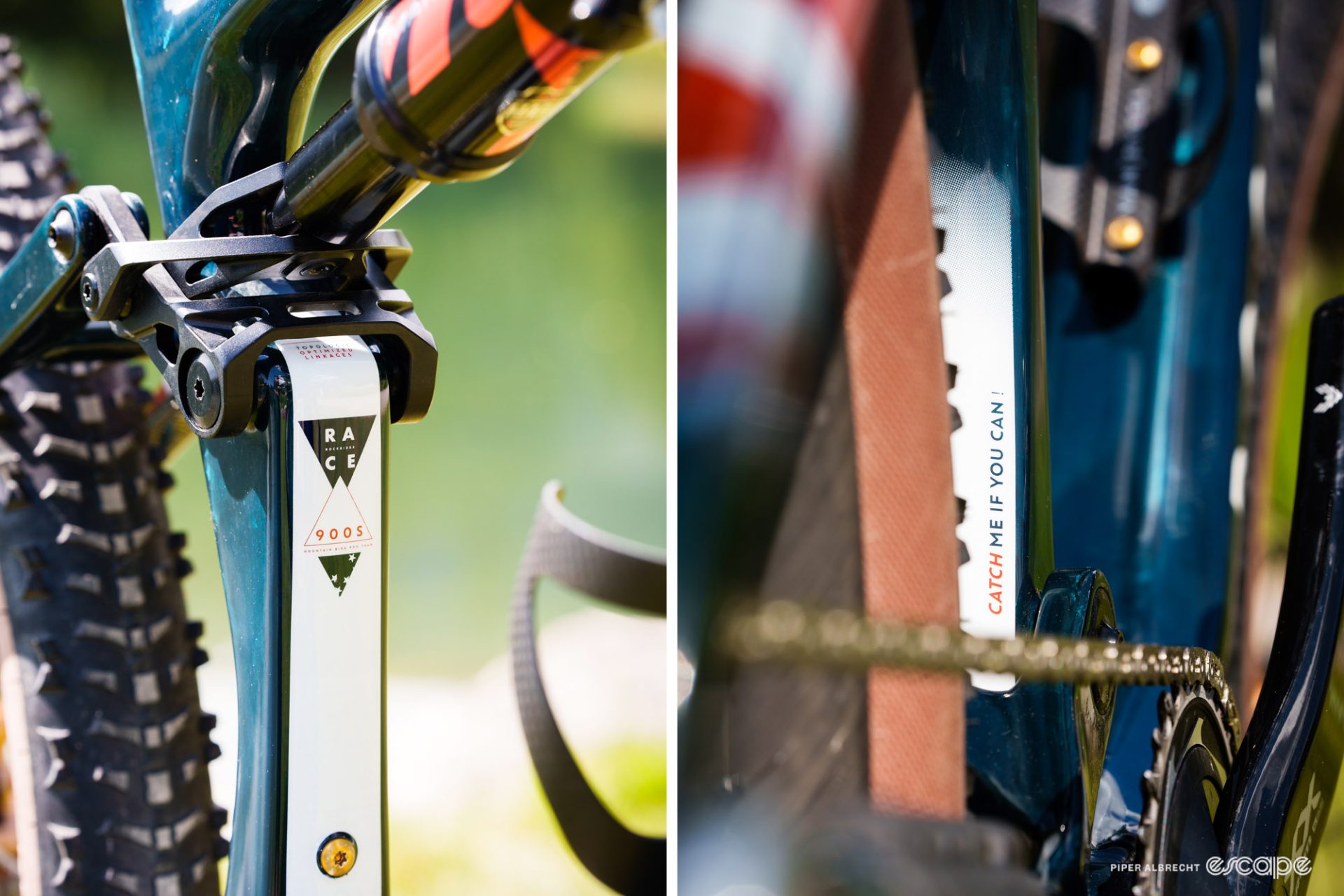
Decathlon hasn’t yet announced the new bike, so several details remain unknown such as geometry and weight. Rear suspension travel will likely be 120 mm like the current 900S, however, and if only based on the competition, somewhere just north of 2 kg seems likely for the frame and rear shock.
Overall, the Race 940S frame looks thoroughly up to date, and the tidy lines and modern suspension design could easily wear the logo of a more premium brand without anyone batting an eye.
That frame is loaded to the gills with top-shelf componentry, much of which hasn’t even been officially released yet.
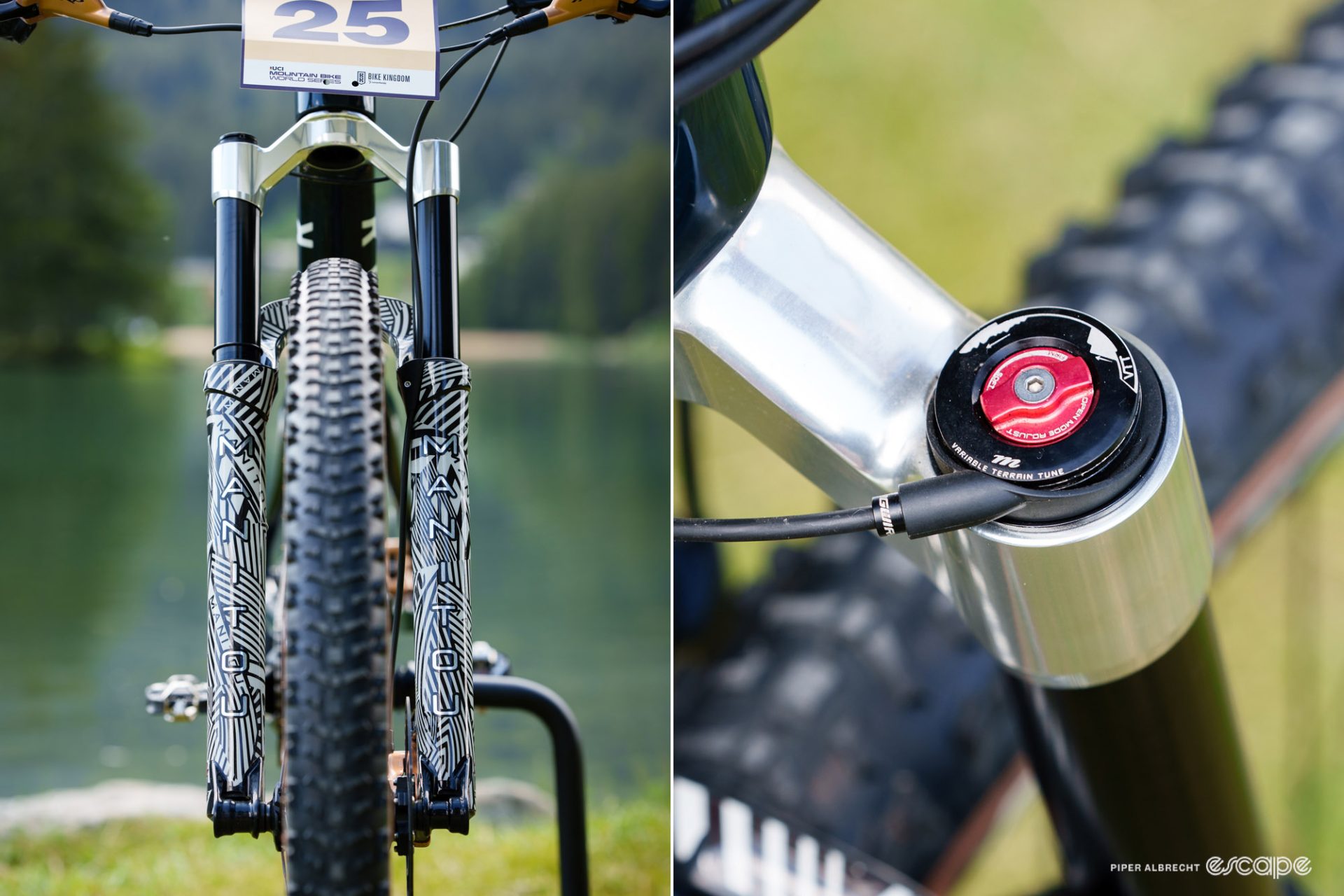
Headlining the spec sheet is a full complement of prototype suspension bits from Manitou. Up front is the expected evolution of the brand’s current R7 cross-country fork, and a new lightweight rear shock handles duties out back. Both are attached to a dual-remote lockout lever. Also visible on her bike is a prototype Manitou dropper seatpost, expected to offer about 100 mm of travel with a more overtly pared-down construction as compared to the current Jack model. That said, markings on the post also suggest it's basically just a rebadged BikeYoke Divine SL, so we'll have to wait for the official word on what's going on there.
As befitting Decathlon’s French roots, wheels come courtesy of legacy brand Mavic in the form of its flagship Crossmax SL Ultimate 30 29 carbon wheels, wrapped with prototype low-profile tires from Hutchinson. SRAM provides its latest XX SL Eagle Transmission wireless electronic drivetrain, but atypically, the US company doesn’t supply brakes to match. Instead, Blunk is running a set of as-yet-unreleased Slate X2 hydraulic disc brakes from TRP, which are said to use an all-new two-piston caliper with composite pistons, along with a similarly new rotor design. According to TRP, these are 63 grams lighter per brake than the previous X2, and are planned for public release within a few months.
Rounding out the spec sheet are an FSA carbon bar and a -20° SL-K Drop stem, Look X-Track Race Carbon Ti pedals, and a smattering of lightweight bits from Italian brand Carbon-Ti. But the finishing touch? Decathlon’s own Van Rysel 900 carbon fiber bottle cage.
All of that fancy kit means replicating an actual Rockrider team build would cost a pretty penny. But that said, the frame itself is seemingly perfectly capable of going toe-to-toe with more mainstream offerings, and if only based on the pricing of the current Race 900S, the new Race 940S will be thousands cheaper than comparable bikes from more established brands.
So does high performance always have to come with a high cost?
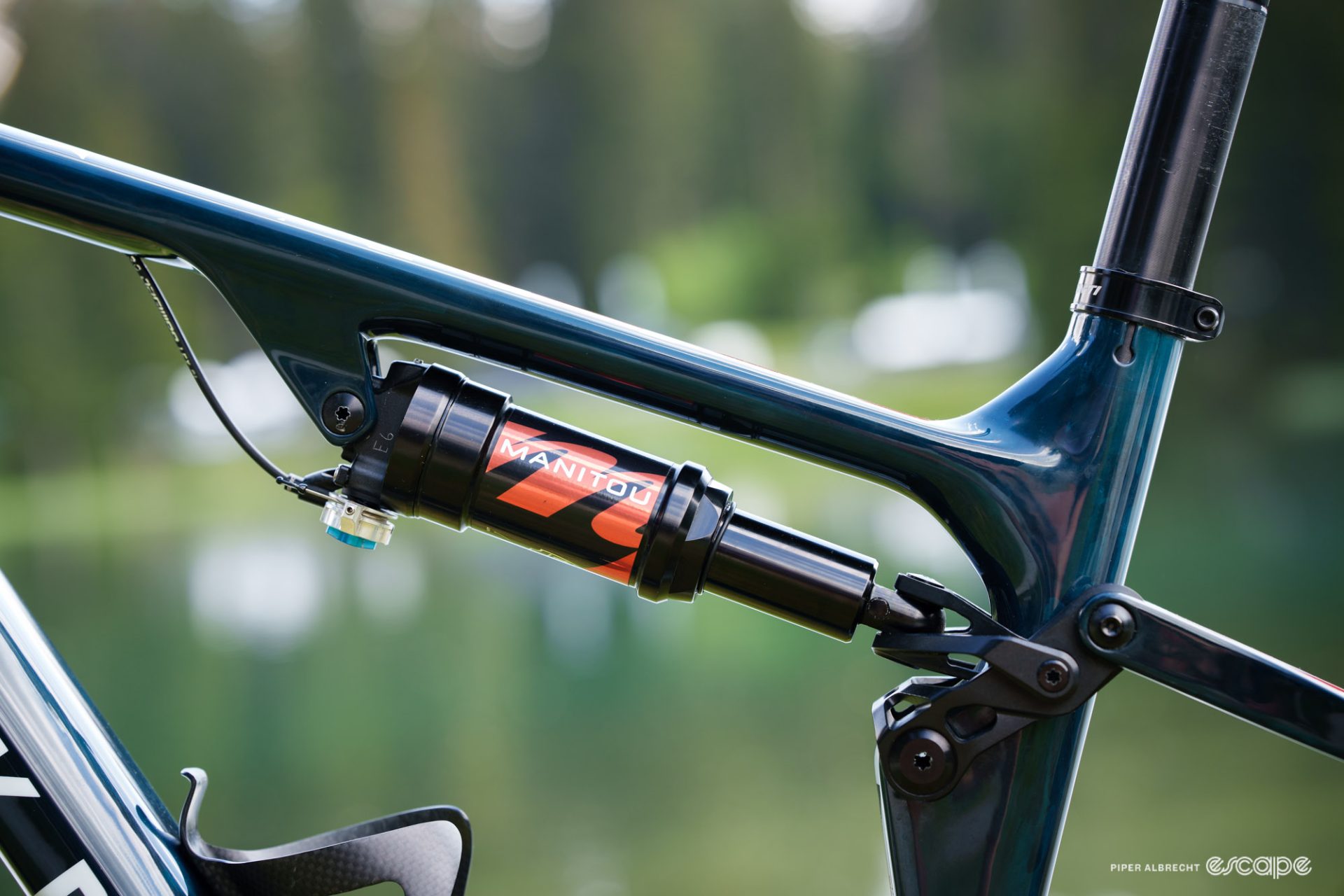
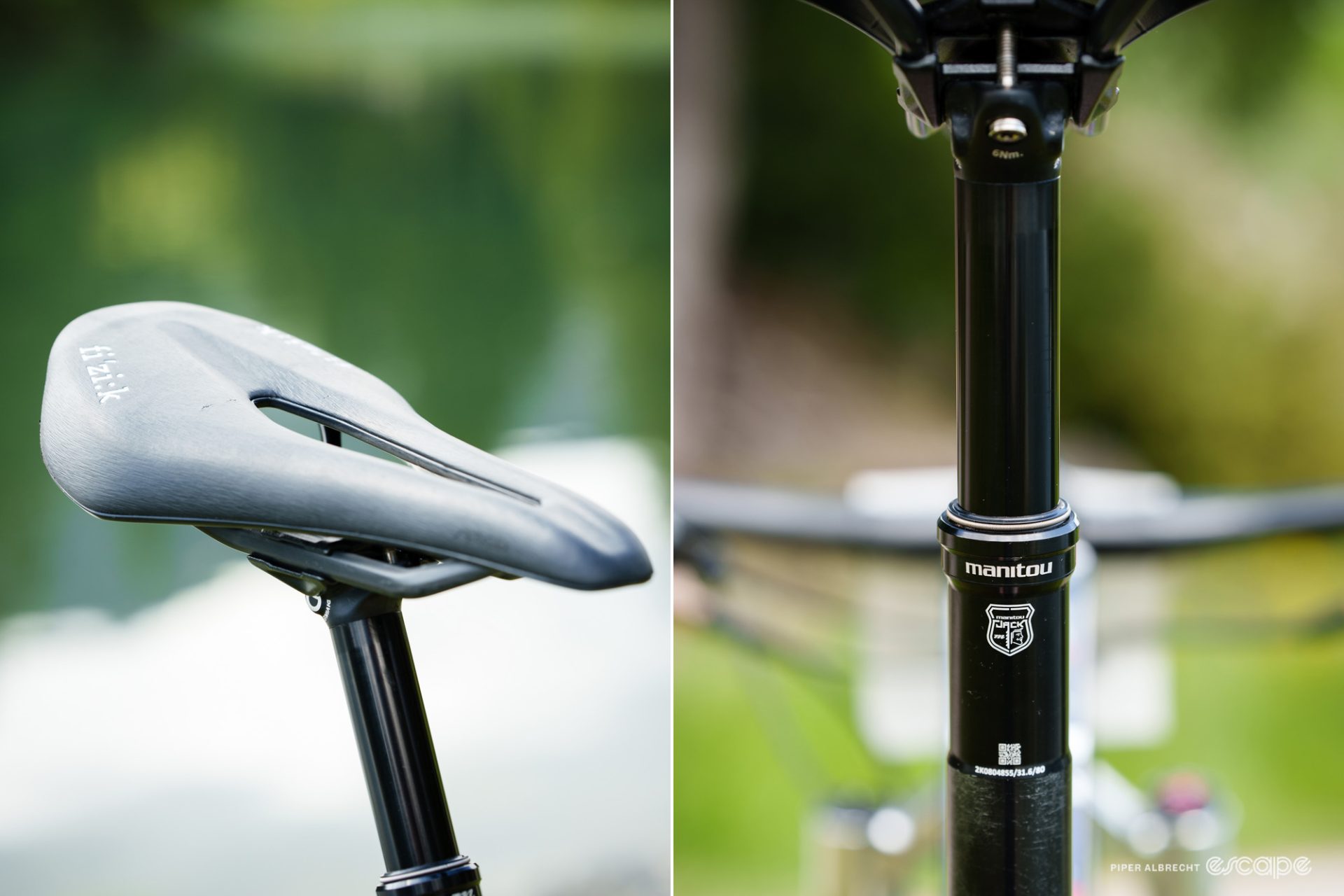
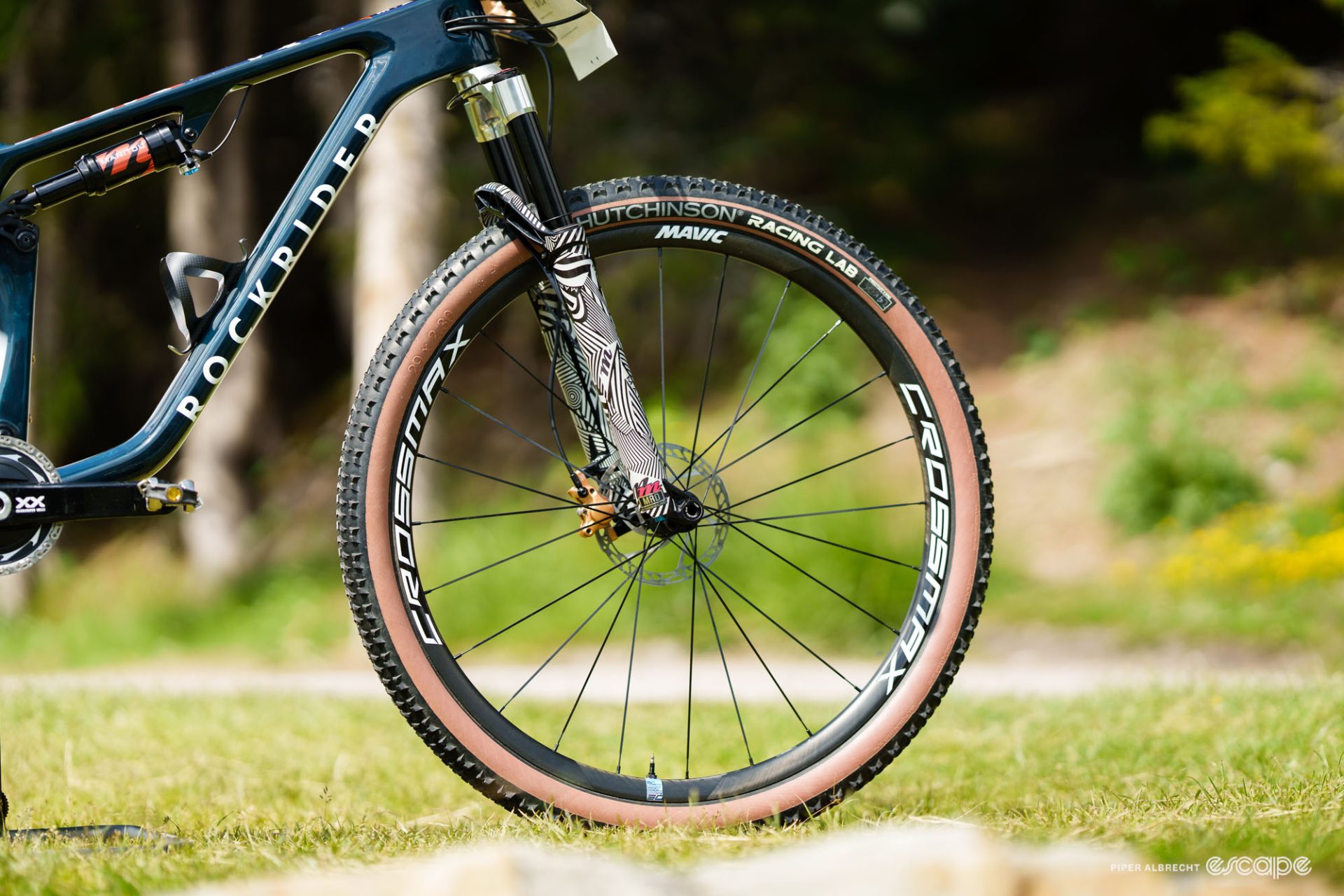
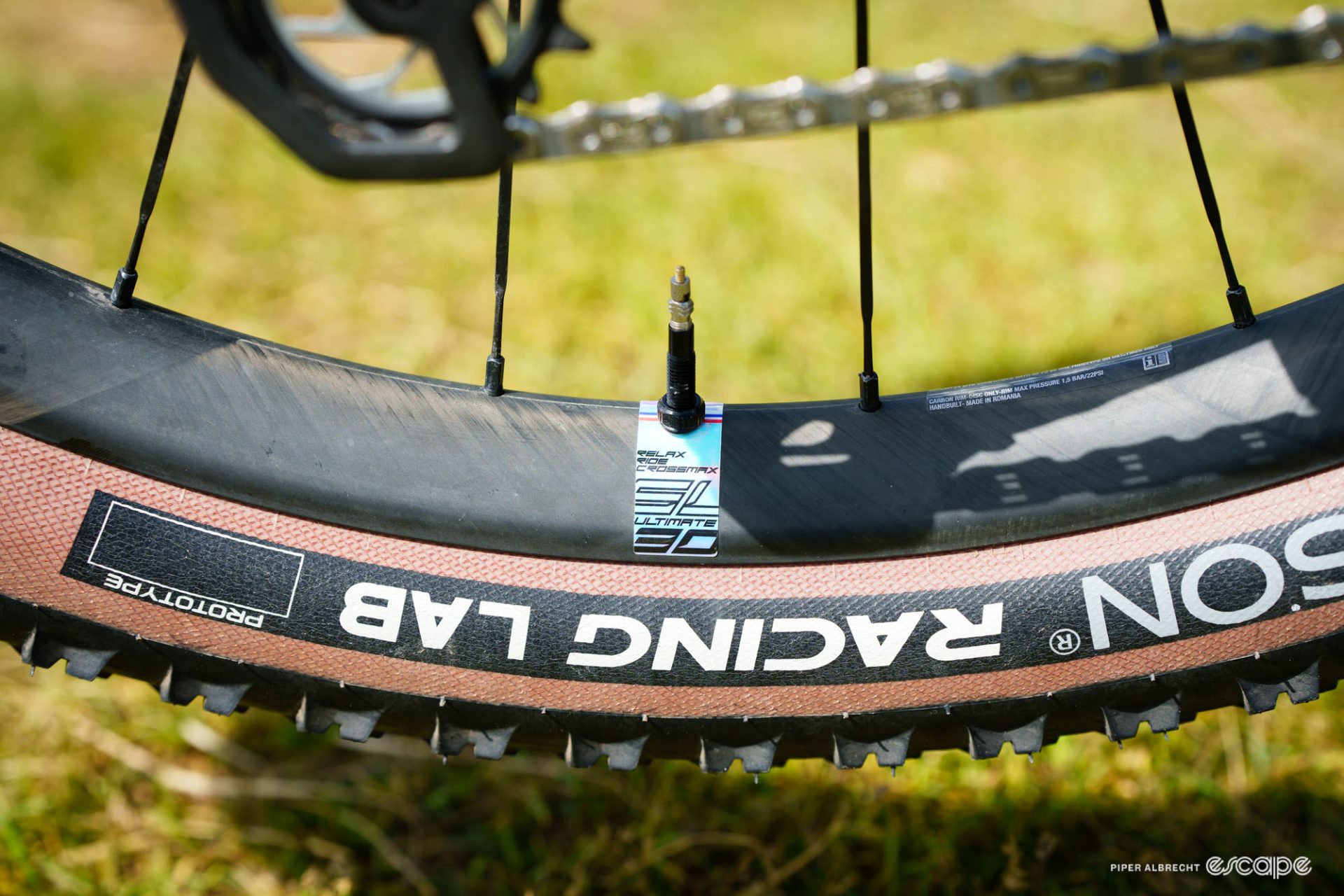
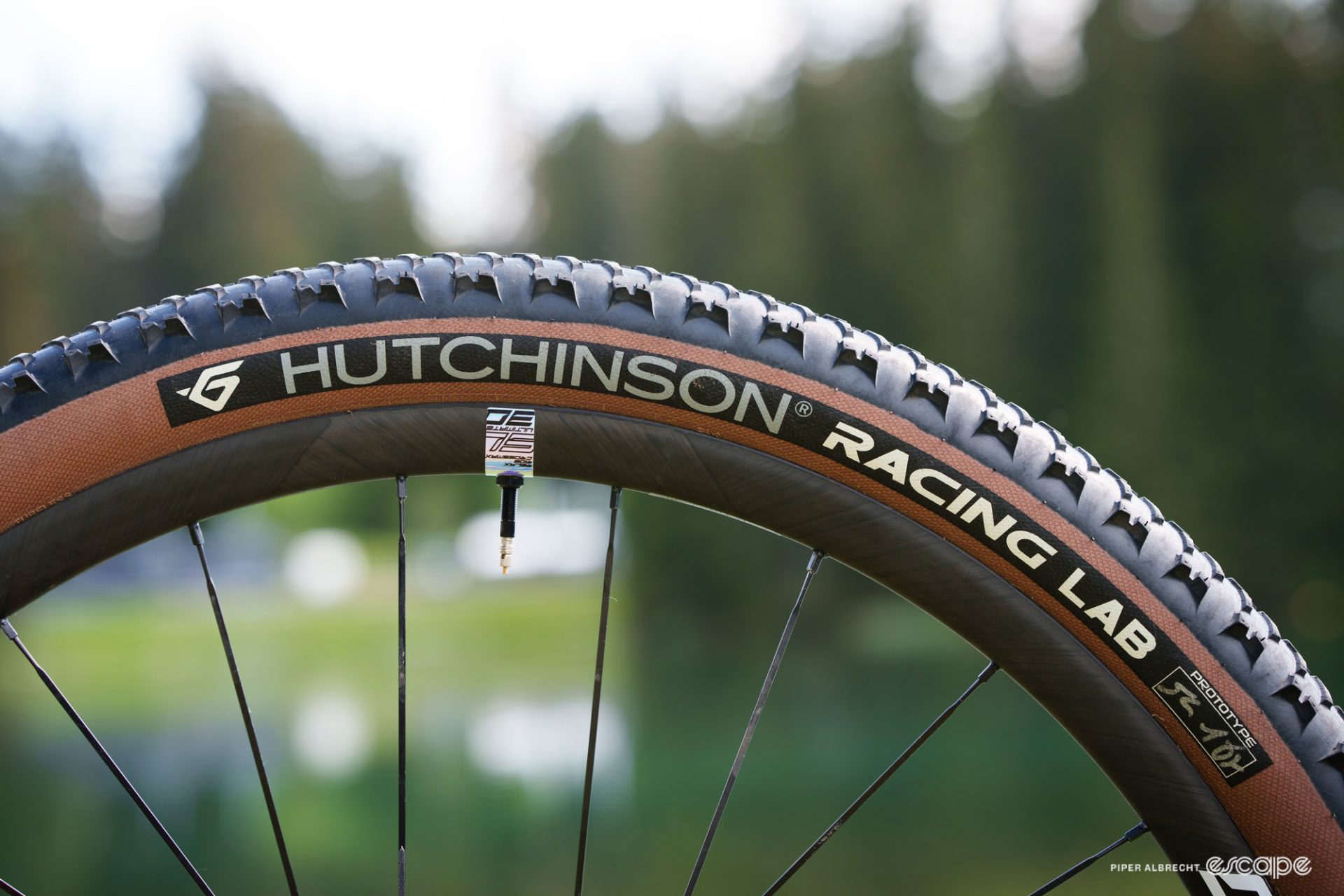
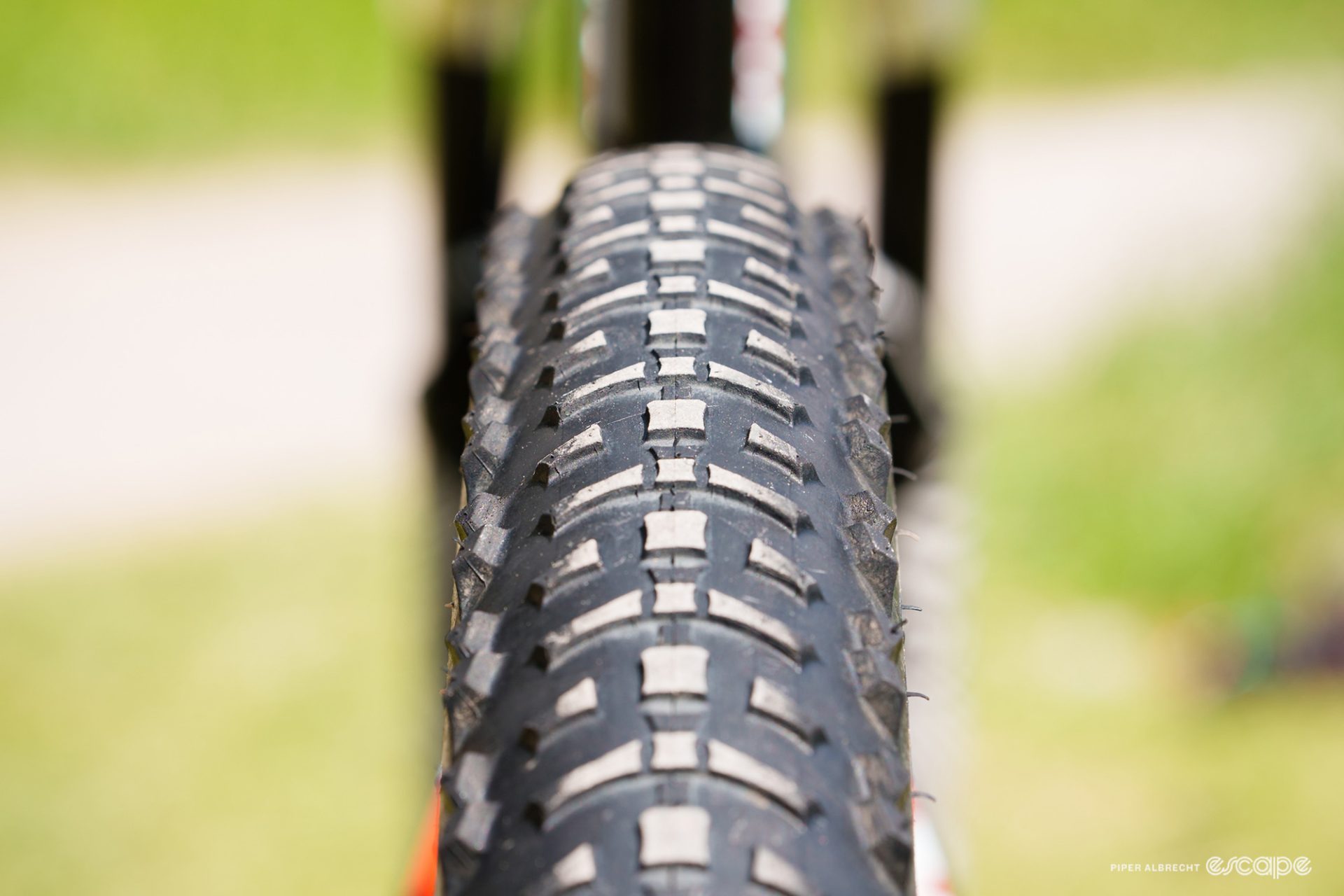
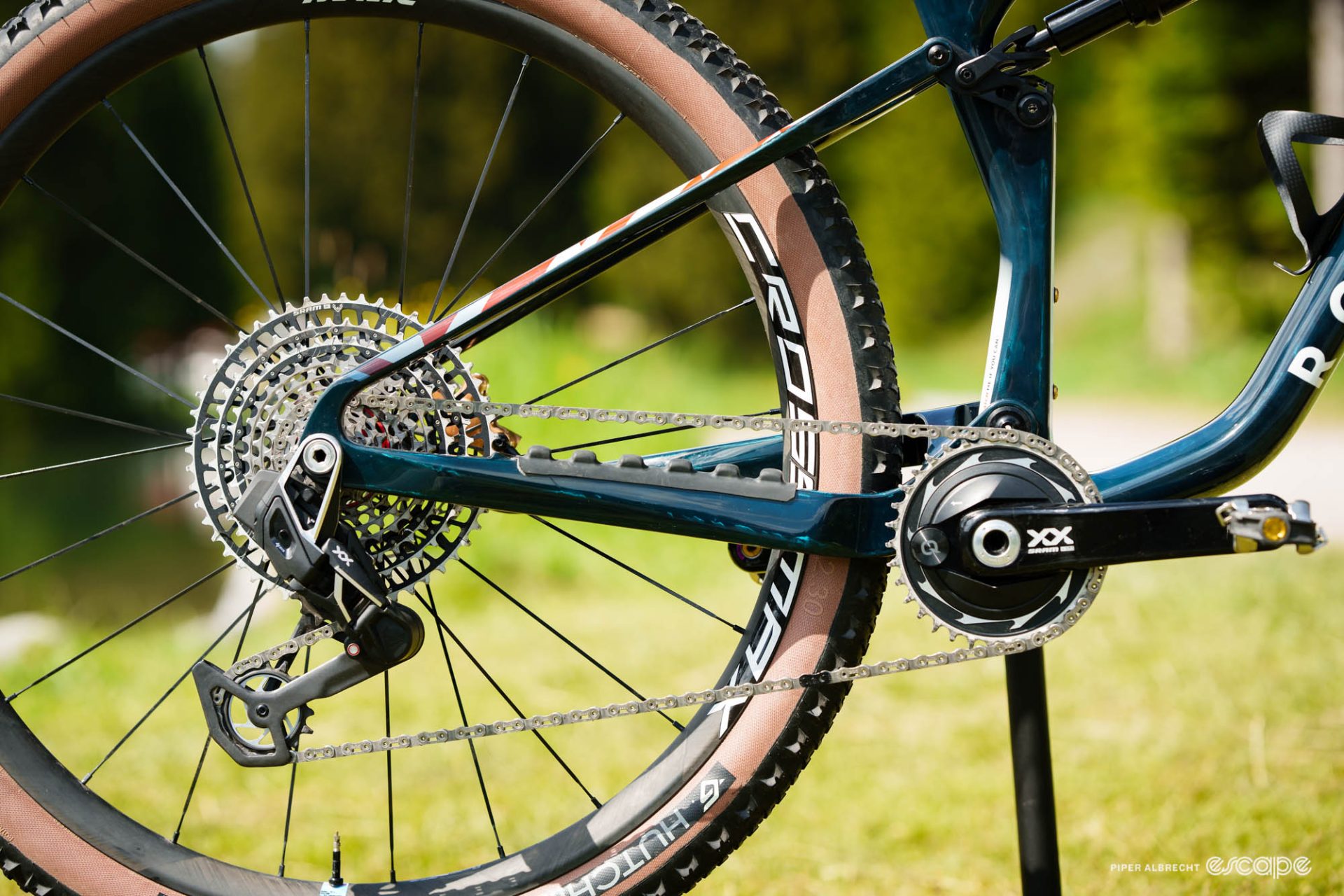
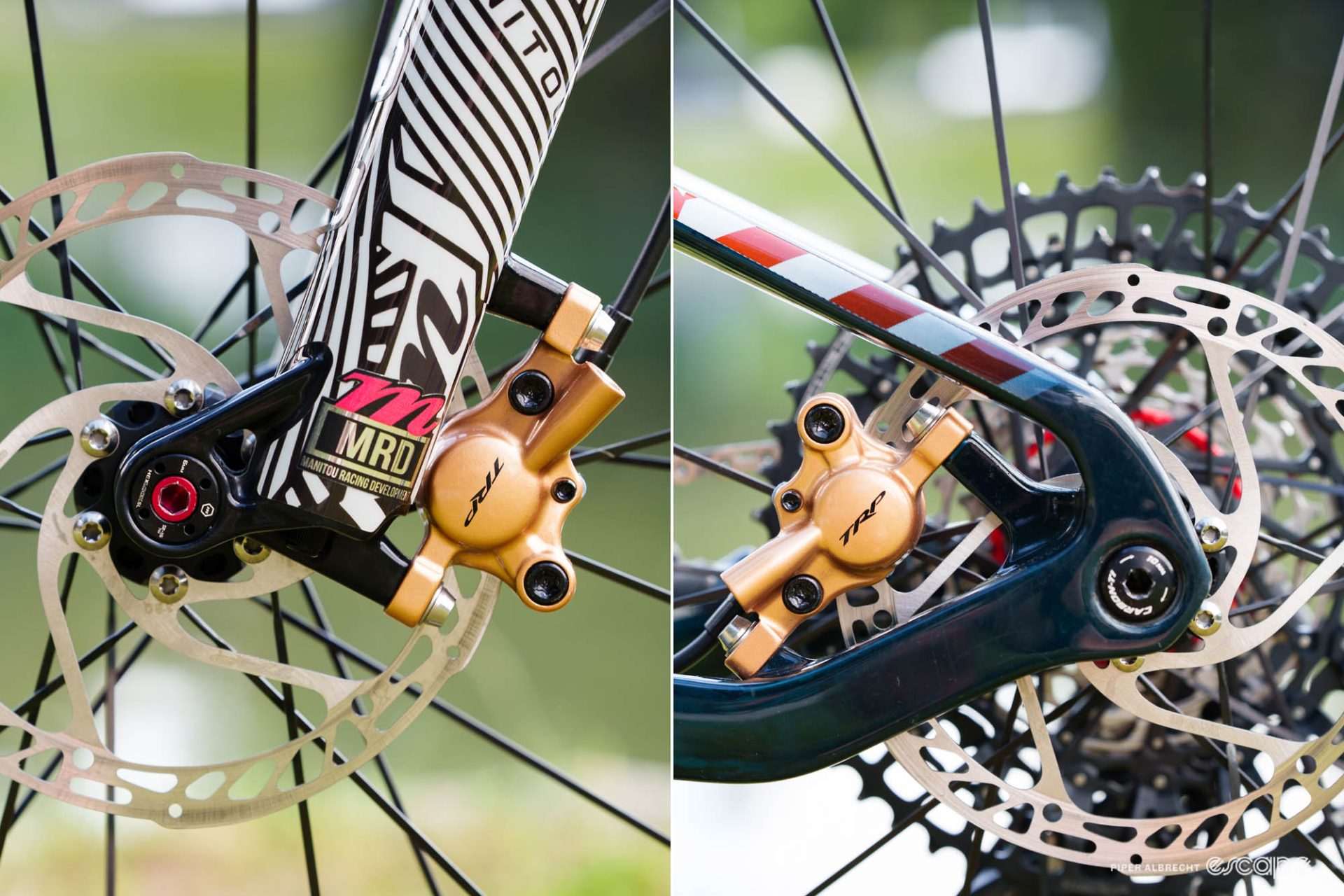
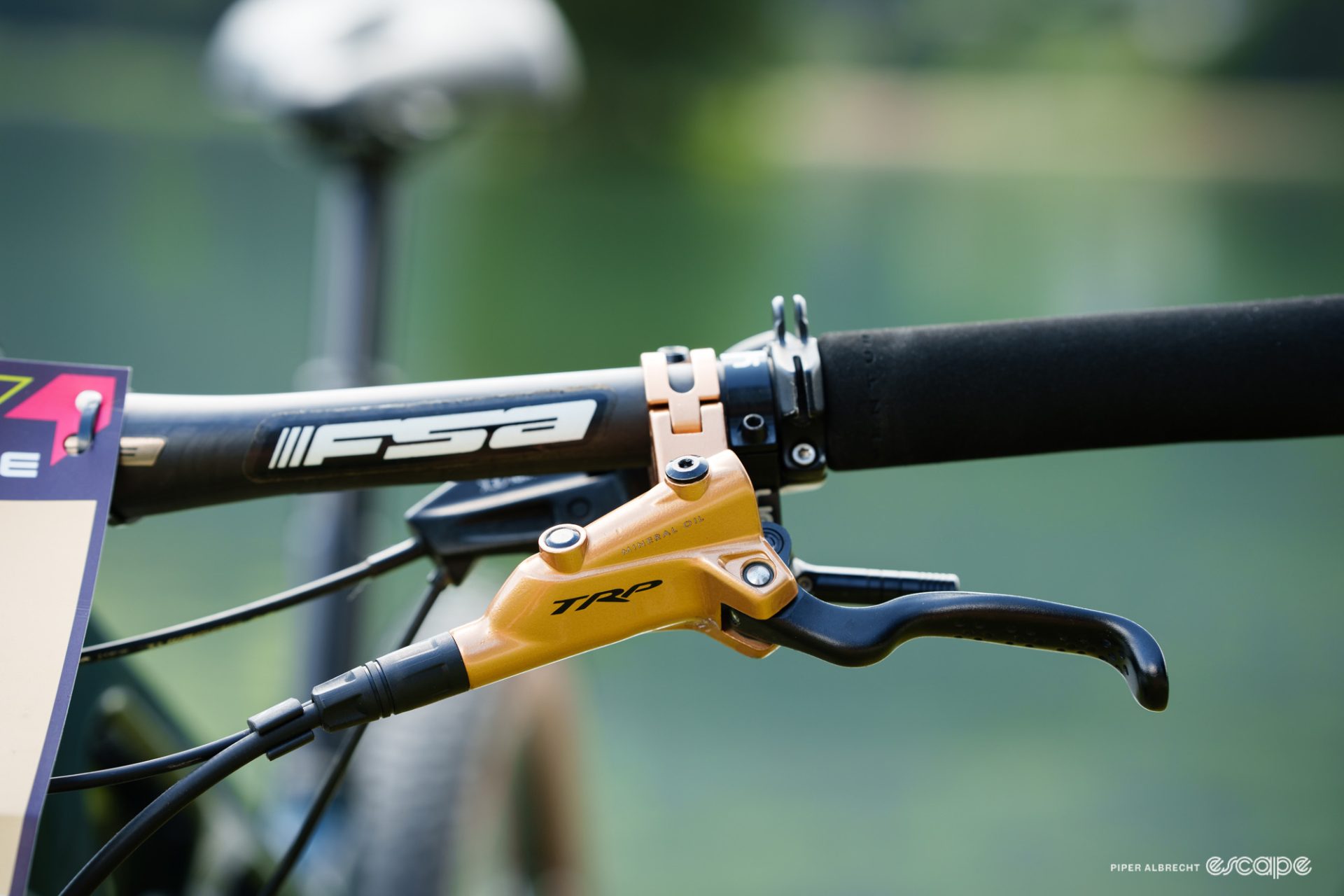
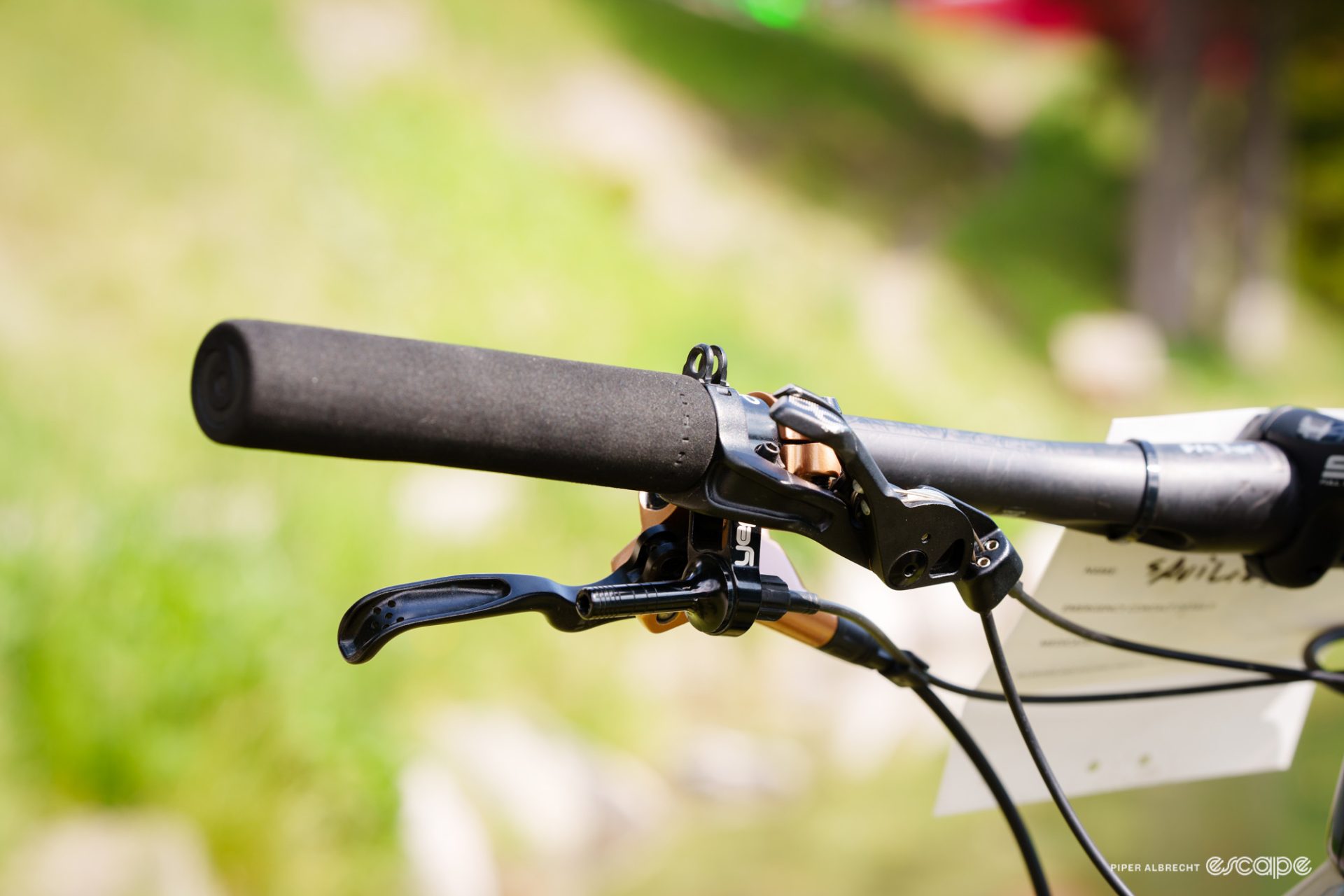
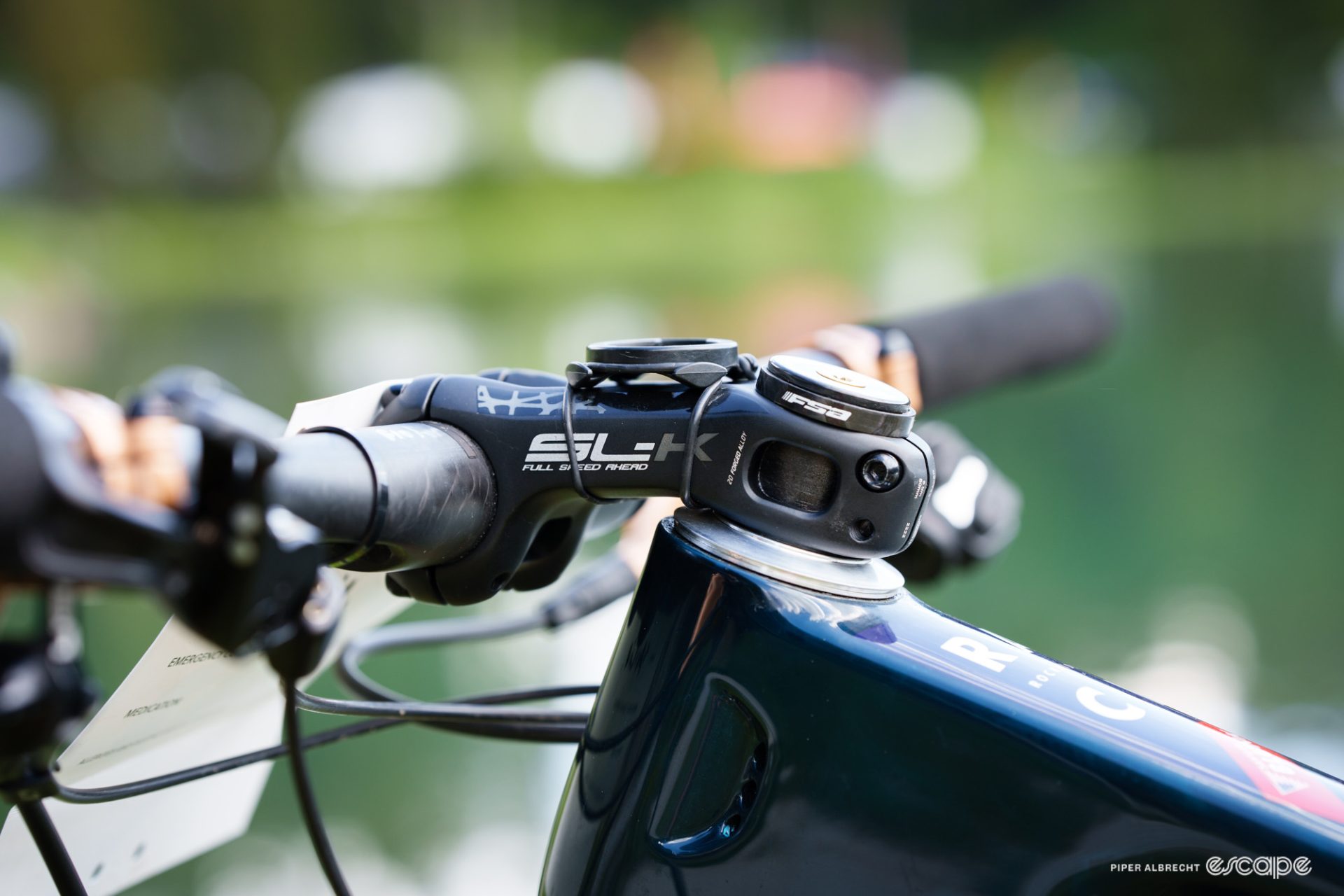
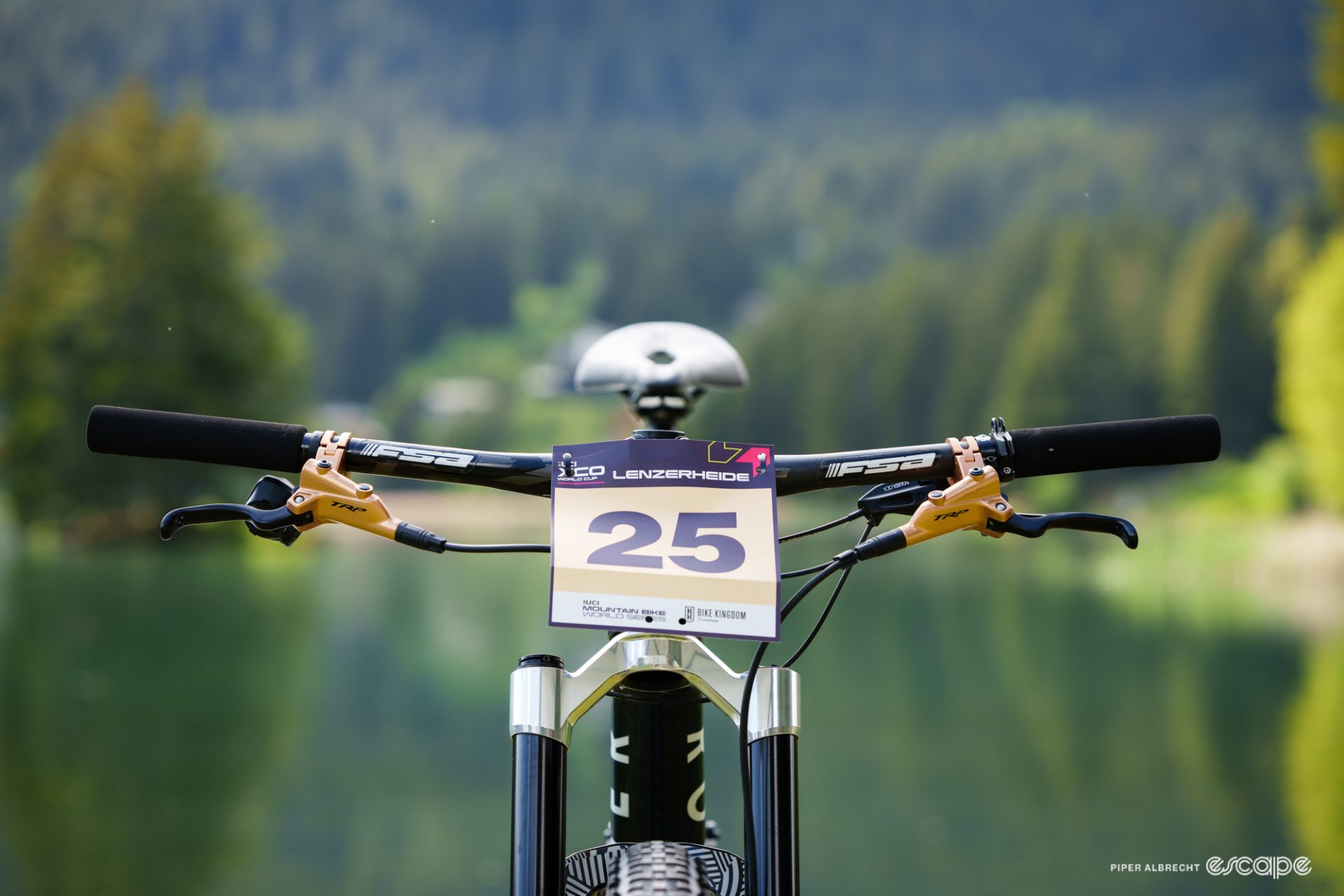
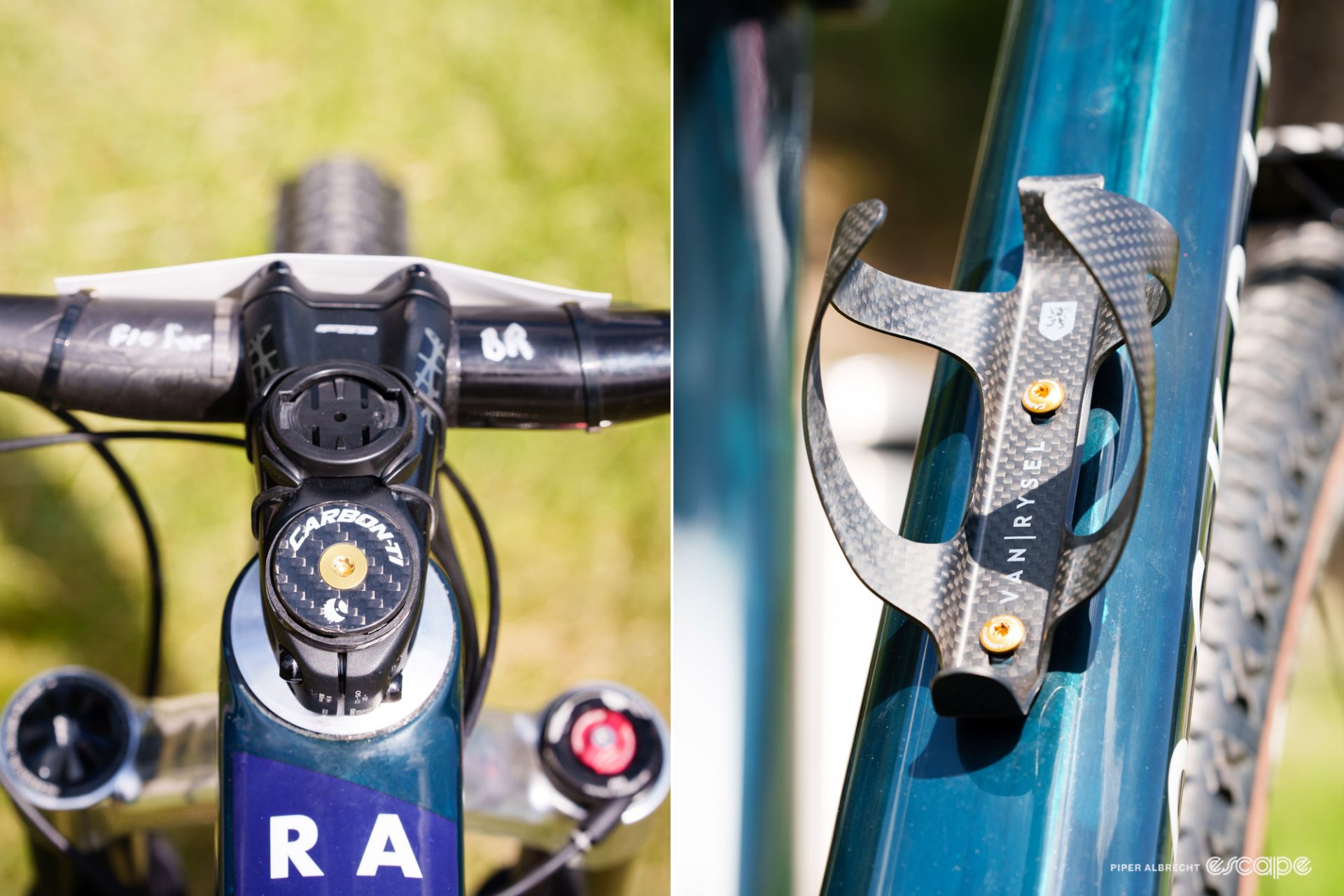
Did we do a good job with this story?

